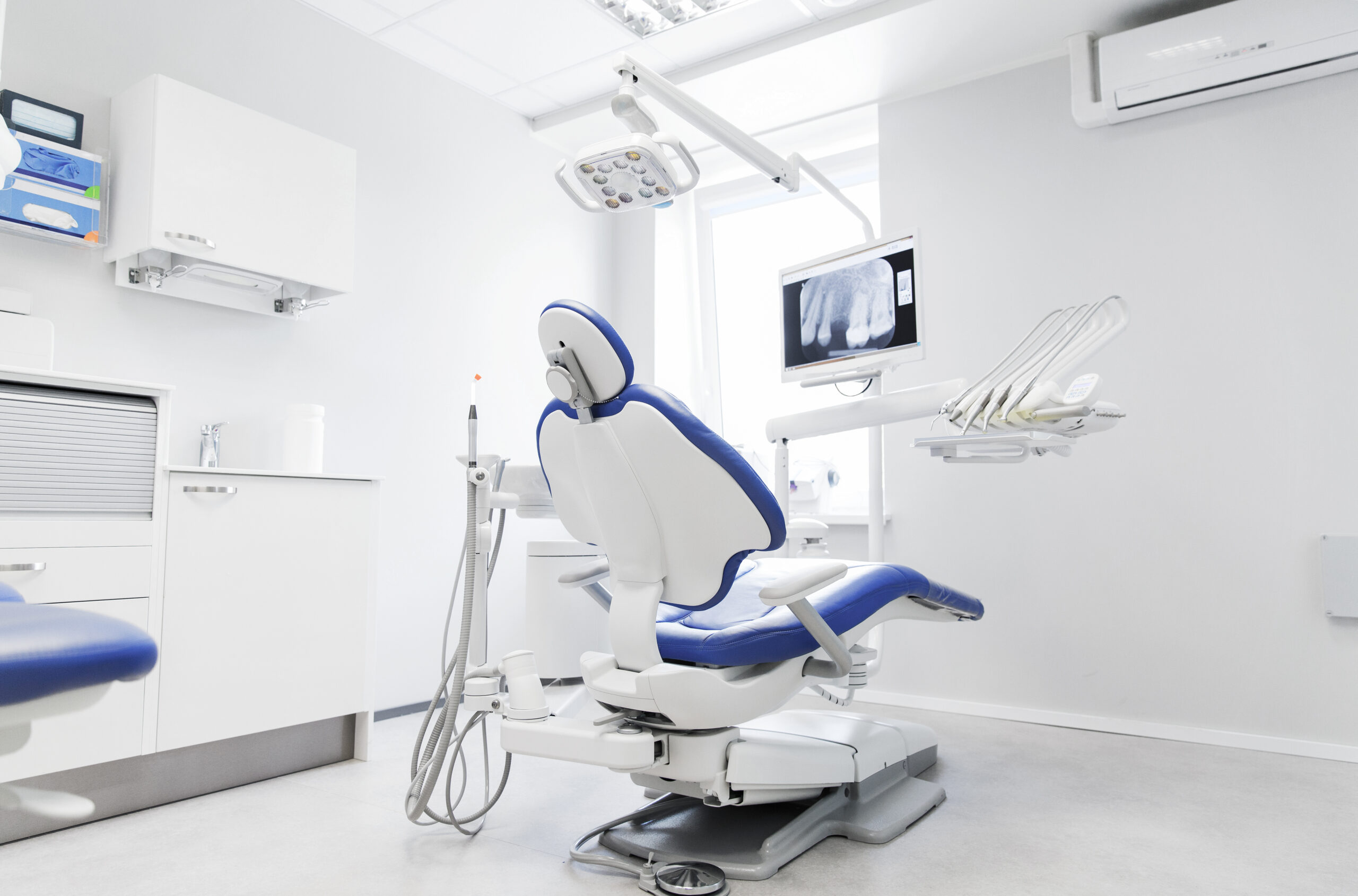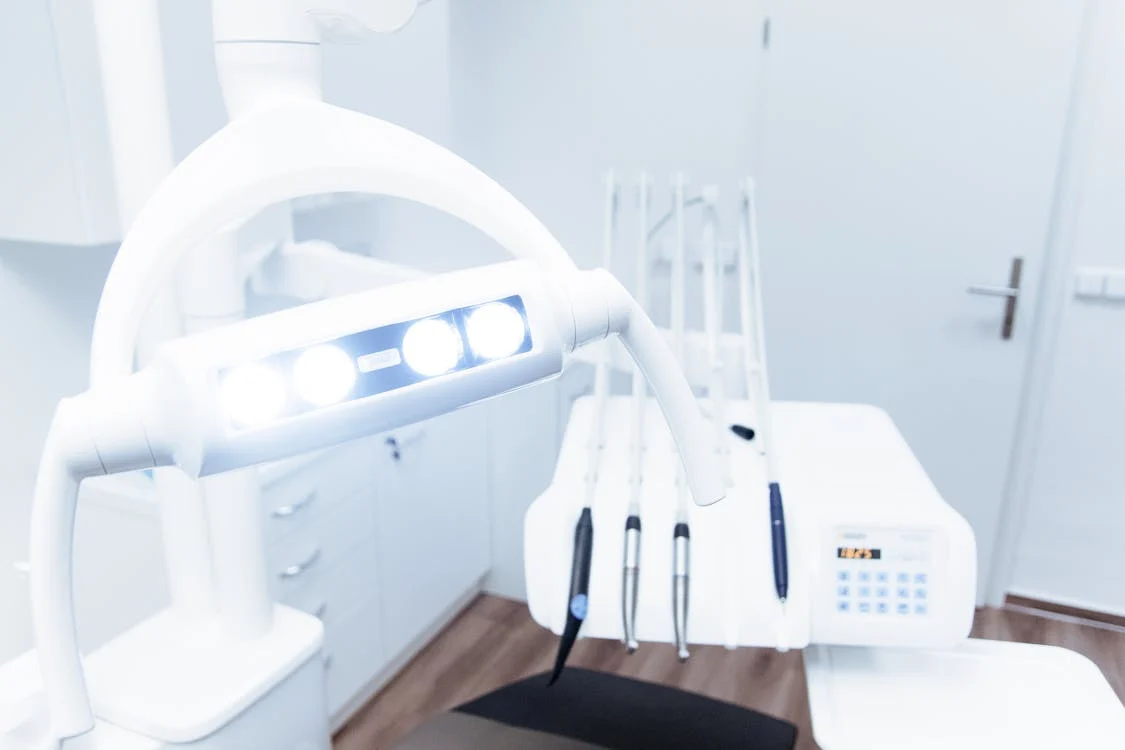Starting a dental practice from scratch can feel like a daunting task. It is, however, a journey that unfolds with time, patience, and strategic planning. As an aspiring UK dental professional, the allure of establishing a private practice is high. It offers flexibility, autonomy, and the opportunity to shape a practice that aligns with your vision. This post will guide you through the key steps in realising your dream dental practice.
Step 1: Crafting Your Vision
Every great venture begins with a vision. Ask yourself – what does your dream dental practice look like? Consider everything from the type of services you’ll offer, to your ideal patients, to the aesthetic design of your clinic. This exercise should not be rushed. After all, it is the foundation upon which your practice will be built. Your vision should reflect your passion and goals as a dental professional.
Step 2: Designing Your Business Plan
With a clear vision in mind, it’s time to craft your business plan. This crucial document should include your short and long-term goals, target market, marketing strategies, and financial plans. It will also encompass your timeline for purchasing necessary dental equipment and securing a physical location.
Investing in high-quality dental equipment is pivotal. This includes durable handpieces, dental chairs, imaging systems, sterilisation units, and other instruments. Remember, the quality of your equipment will directly influence your patient’s experience and the level of care you can provide.
Step 3: Financing Your Dream
Financial planning is the lifeblood of your business. It is integral in the acquisition of cutting-edge dental equipment, leasing or purchasing premises, hiring staff, and marketing your practice. Approach banks that offer loans for healthcare practices, consider private investors or explore government initiatives for start-up businesses.
Remember to take into account unexpected expenses and create a contingency fund. Your financial plan should be revisited and updated regularly to ensure that your practice stays financially healthy.
Step 4: Choosing Your Ideal Location
Choosing the right location can make or break your practice. Consider factors such as the local demographic, competition, accessibility, and visibility.
For instance, if your target market is families, consider a location near schools or residential areas. Don’t forget to account for car parking space or proximity to public transportation. A convenient location will ensure a steady flow of patients and help your practice grow.
Step 5: Sourcing Quality Dental Equipment
Purchasing high-quality dental equipment can be overwhelming. The trick is to be savvy with your choices.
Prioritise the basics: handpieces, dental chairs, sterilisation instruments, etc. As your practice grows, you can invest in advanced equipment like digital X-rays or 3D imaging systems. Consider partnering with reputable suppliers that offer post-purchase services, such as installation, training, and maintenance.
Step 6: Building Your Team
Your staff are the backbone of your practice. Their professionalism, attitude, and competence reflect the quality of care you provide. Start by hiring essential personnel such as dental hygienists, receptionists, and dental nurses. As your patient base expands, you may need to consider hiring additional professionals.
Step 7: Marketing Your Practice
Effective marketing is crucial in setting your practice apart from competitors. A well-designed website, active social media presence, patient testimonials, and local advertising can help draw in potential patients. Encourage word-of-mouth referrals, often the most potent marketing tool in the dental industry.
Step 8: Regulatory Compliance
Compliance with regulatory standards is a crucial aspect of setting up your dental practice. In the UK, this entails registration with the Care Quality Commission (CQC) and meeting their standards of quality and safety. Similarly, you’ll need to adhere to the General Dental Council (GDC) regulations and ensure your practice complies with the Health and Safety Executive (HSE) regulations.
Keep in mind, compliance is not a one-time task. It’s a continuous process that requires you to stay updated with changes in regulations and implement them. Having a robust system in place for compliance will help avoid legal issues, protect your patients and staff, and enhance your practice’s reputation.
Step 9: Continuous Professional Development
Your journey doesn’t end with the launch of your practice; it’s just the beginning. As a dental professional, you must stay committed to continuous professional development (CPD). This involves regularly upgrading your skills, staying abreast of the latest advancements in dental technology and research, and introducing new services in your practice.
Remember, CPD isn’t only about attending courses; it’s about implementing what you learn for the betterment of your practice. By investing in your professional growth and that of your team, you can ensure the highest standard of patient care and keep your practice thriving. In the ever-evolving landscape of dentistry, being a lifelong learner is not just an option; it’s a necessity.
Conclusion
Embarking on the journey from dream to reality in launching your dental practice is undoubtedly challenging, but immensely rewarding. Remember to consistently deliver top-notch dental care, stay abreast of the latest industry trends and maintain a patient-centred approach. Success won’t be achieved overnight, but with dedication, resilience, and strategic planning, your dream of owning a dental practice will become a reality.











